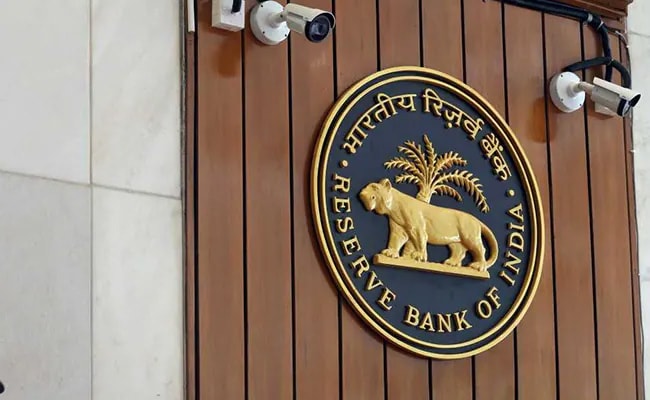On 11 October, the Reserve Bank of India (RBI) amended the guidelines for banks for an increase in capital and provisioning requirements in relation to unhedged foreign currency exposures. In 2022, the rupee decreased about 10 per cent against the US dollar.
- Just Dial Stocks Skyrocketed 15% On Announcement of Q4FY24 Business and Financial Updates
- Swing-Trading 101: Capturing Market Moves with Flexibility
- Jubilant Pharmova Shares Climbed 8% On Announcing Ceastion of Loss Making Arm’s Operations in Salisbury, USA
- Paytm Shares Gained 4.5% on NPCL’s Approval To Create New VPAs with Axis, HDFC, SBI, and Yes Bank
- Ambuja Cements Shares Gained 3% On Receiving Additional Rs 8,339 Crore Investment From Adani Group
“Entities that do not hedge their foreign currency exposures can incur significant losses during heightened volatility in foreign exchange rates. These losses may reduce their capacity to service the loans taken from the banking system and increase their probability of default, affecting the banking system’s health,” the RBI said.
The incremental provisioning requirement ranges from 20 basis points (bps) to 80 bps. In cases where banks face a potential loss or hit to earnings before interest and depreciation (Ebid) of more than 15 per cent but up to 30 per cent, lenders will have to increase provisioning by 20 bps, the RBI said.
Similarly, if the potential loss is more than 30 per cent and up to 50 per cent, the incremental provisioning requirement is 40 bps. If it is more than 50 per cent and up to 75 per cent, the requirement is 60 bps. And in cases where the potential loss is more than 75 per cent, the requirement is 80 bps.
“For arriving at the foreign currency exposure of entities, their exposure from all sources, including foreign currency borrowings and external commercial borrowings (ECBs), shall be taken into account,” the RBI said.
“For example: For an entity which otherwise attracts a risk weight of 50 per cent, the applicable risk weight would become 75 per cent,” the RBI said.
In June, in the Financial Stability Report (FSR), the RBI disclosed the outstanding ECBs of $180 billion, 44 per cent or $79 billion. Also, the external debt of India was $617.1 billion, which shows a decrease of $ 2.5 billion over the March end level. At the end of the June quarter, the short-term debt on a residual maturity basis constituted 45.4 per cent of total external debt versus 43.2 per cent during March. It accounted for 47.6 per cent of foreign exchange reserves.


 Signals, Powered By EquityPandit
Signals, Powered By EquityPandit

